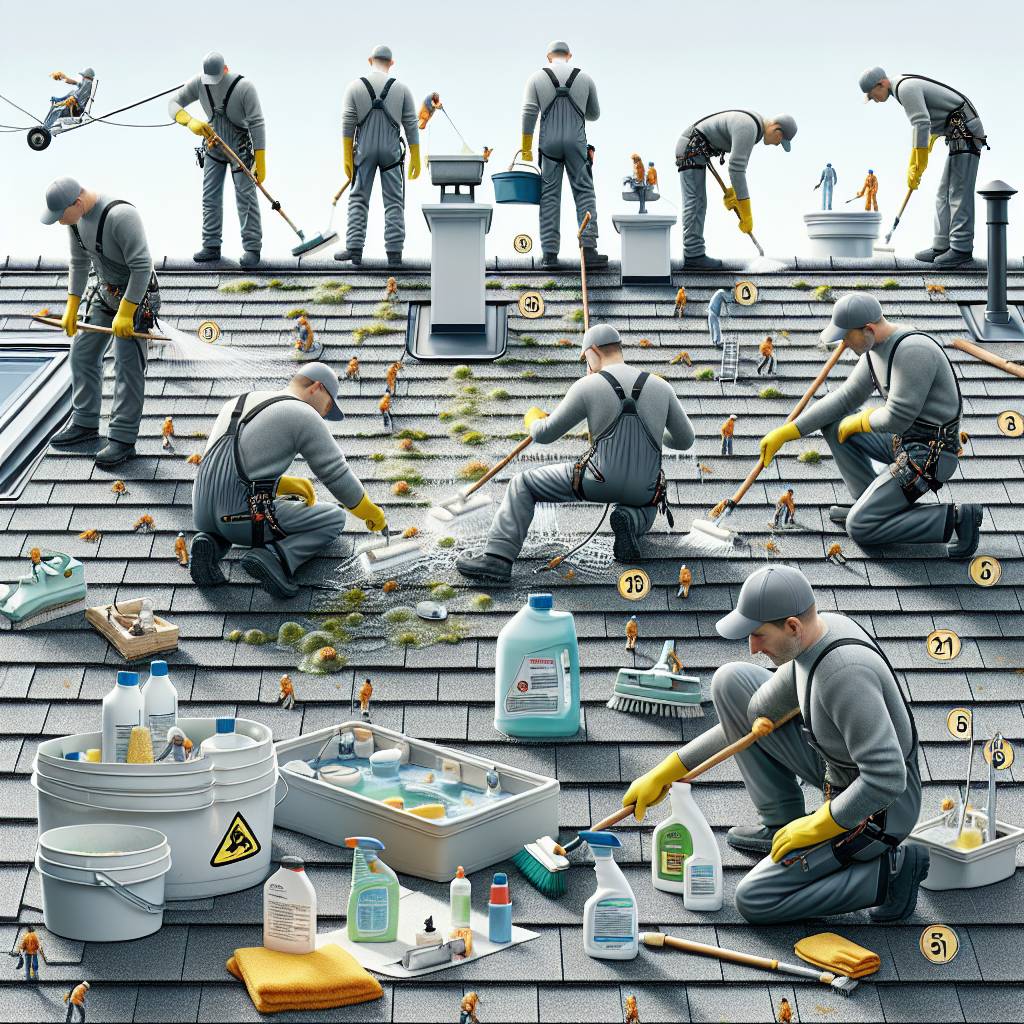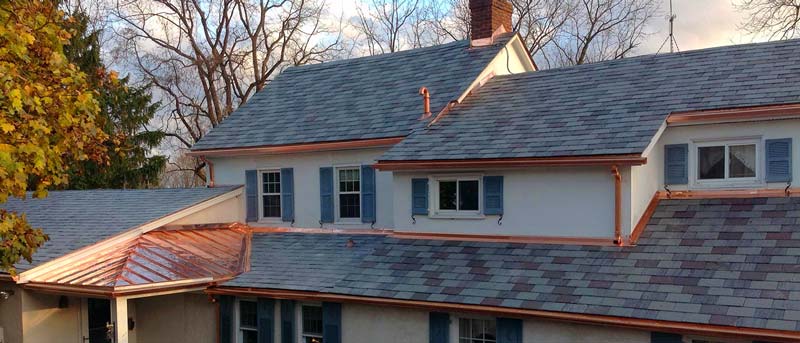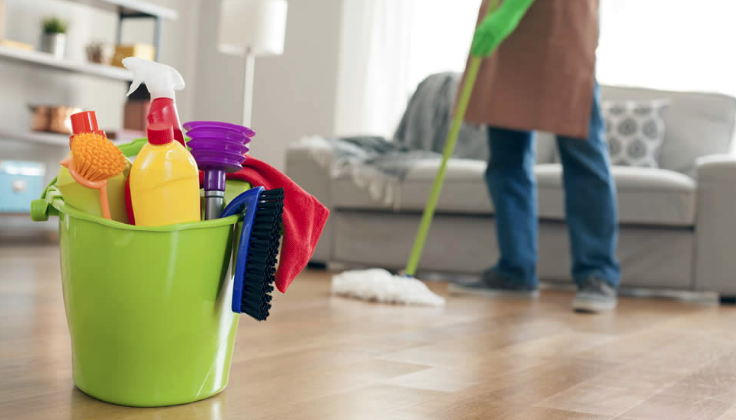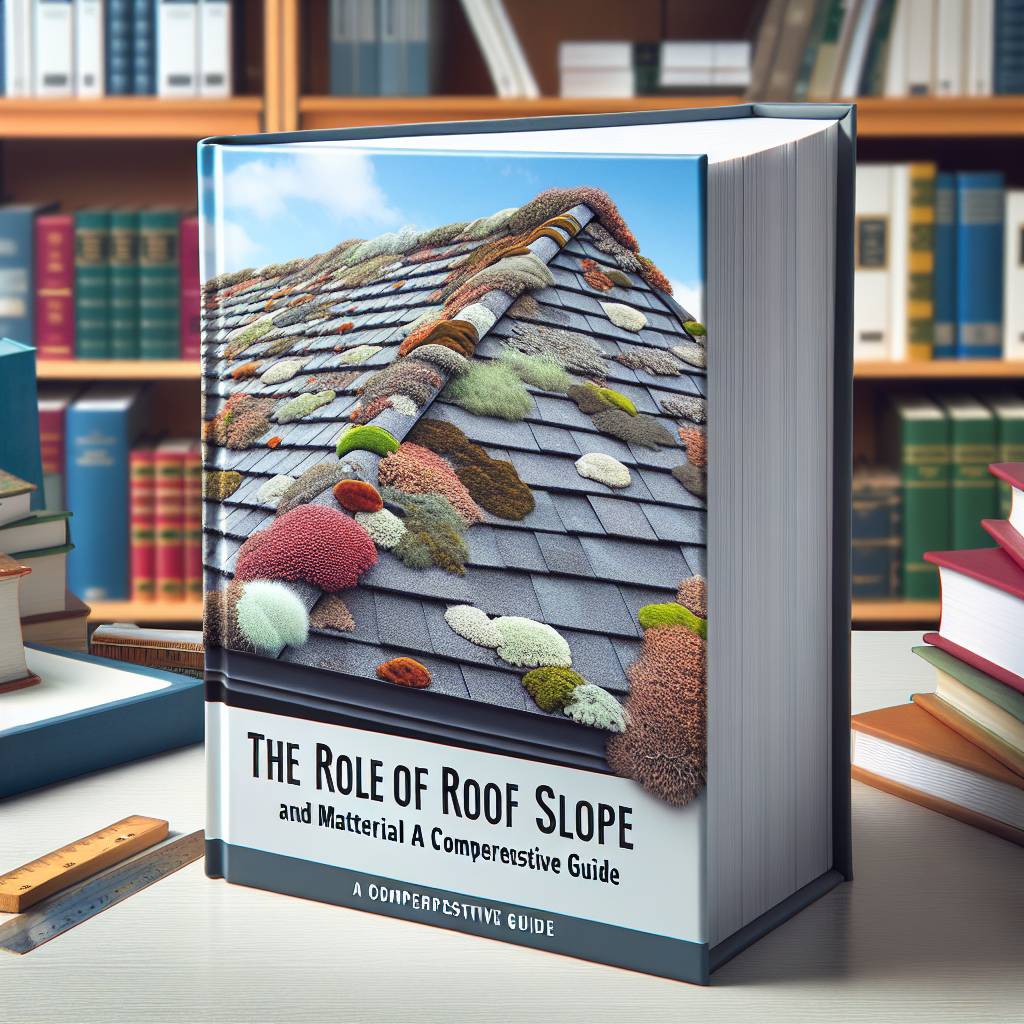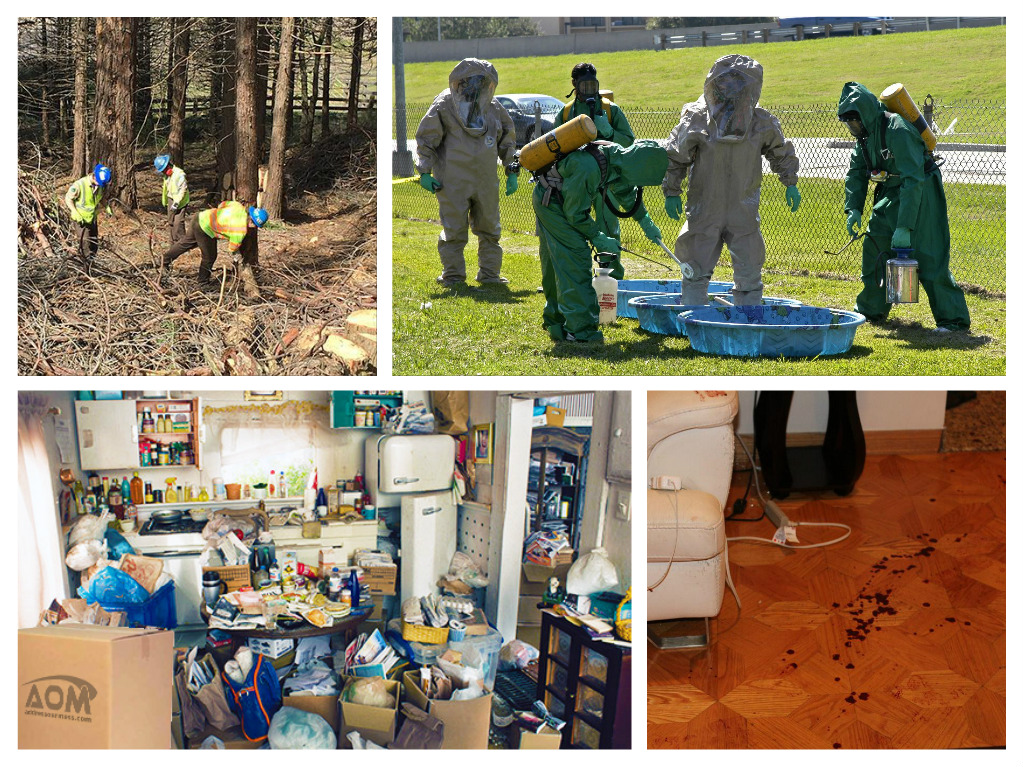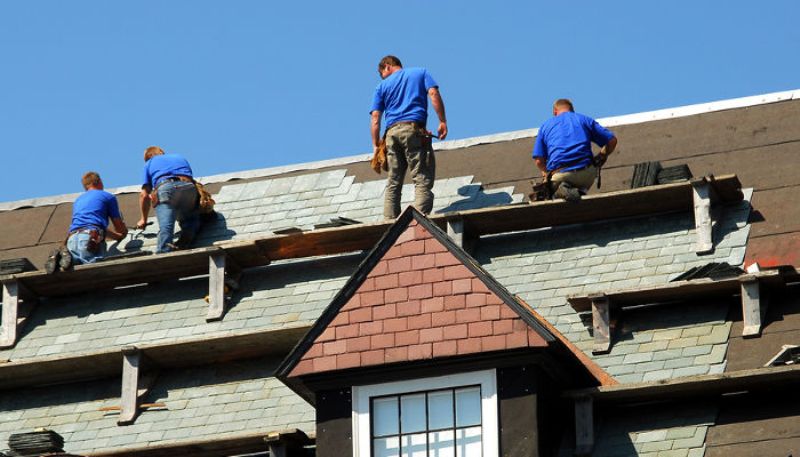Dealing with lichen on asphalt shingle roofs can be a real headache. There are safe and effective methods for removing this stubborn growth without causing damage to your roof. In this post, we’ll explore the best techniques for getting rid of lichen, a fungus, and restoring the pristine condition of outdoor surfaces such as your roof. Whether it’s using eco-friendly cleaning solutions or gentle scraping methods, we’ve got you covered.
Knowing the right approach is crucial. Say goodbye to unsightly lichen on outdoor surfaces while safeguarding your roof’s longevity for years with these tried-and-true removal methods.
Key Takeaways
- Regularly inspect your roof for lichen growth to catch it early and prevent extensive damage.
- Lichen can cause deterioration of asphalt shingles, leading to costly repairs or premature roof replacement.
- Understanding lichen growth patterns helps in determining the most effective removal method.
- Use a DIY vinegar solution to safely and effectively remove lichen from asphalt shingles.
- When choosing cleaning products, opt for those specifically designed for asphalt shingles to avoid damage.
- Follow a step-by-step roof cleaning process to ensure thorough and safe removal of lichen.
Recognizing Lichen Growth on Roofs
Identifying Lichen Growth
Lichen growth on outdoor surfaces like roofs can be easily mistaken for moss or algae due to its green or gray patches. However, it has a unique crust-like or leafy appearance that distinguishes it from other plants. This distinct visual characteristic is crucial in correctly recognizing lichen growth.
Lichen’s ability to grow on various outdoor surfaces makes it a common sight on asphalt shingle roofs. Its presence is often an aesthetic concern, but if left unchecked, lichen can cause damage to the roof over time. Therefore, being able to accurately identify lichen growth is essential for effective removal and maintenance.
When inspecting your roof for signs of lichen growth, pay close attention to any green or gray patches with a crust-like or leafy texture. By spotting these distinctive features early on, you can take proactive measures to address the issue before it escalates into a more significant problem.
Differentiating from Moss and Algae
Understanding how lichen differs from moss and algae is vital in addressing its presence effectively. While all three organisms thrive in moist environments, they have distinct characteristics that set them apart.
Moss typically appears as soft velvety green clumps and tends to retain moisture longer than other organisms due to its absorbent nature. On the other hand, algae presents as dark streaks running down the roof surface and thrives in areas with high humidity levels.
Harmful Effects of Lichen on Asphalt Shingles
Deterioration of Shingles
Lichen, a combination of algae and fungi, can be detrimental to asphalt shingle roofs. As lichen grows and spreads across the surface of shingles, it releases acids that slowly eat away at the protective granules covering the shingles. These granules are crucial for shielding the asphalt layer from harmful UV rays and other elements. Without this protection, the asphalt layer becomes increasingly exposed to environmental damage, leading to its deterioration over time.
The presence of lichen not only compromises the structural integrity of the shingles but also affects their aesthetic appeal. As lichen continues to thrive on the roof’s surface, it forms unsightly patches that can significantly diminish curb appeal. This degradation may result in costly repairs or premature replacement if left unaddressed.
Moisture Retention and Roof Leaks
One of the most concerning effects of lichen growth is its ability to retain moisture. Lichen tends to hold onto water which can seep into cracks and crevices between shingles. The trapped moisture creates an environment conducive to mold and mildew growth while also weakening the roof’s underlying structure.
As moisture accumulates beneath lichen-covered areas, it increases the likelihood of leaks developing within your home or property. Over time, these leaks can lead to water damage inside your living space or attic if not promptly addressed.
Reduced Lifespan
The relentless presence of lichen on asphalt shingle roofs accelerates wear and tear processes that ultimately reduce their lifespan significantly. With compromised protective layers due to lichen infestation, asphalt shingles become more susceptible to weathering caused by sun exposure, rainwater runoff issues due to altered drainage patterns caused by accumulated debris under lichens’ root systems.
Identifying and Understanding Lichen Growth Patterns
Distinct Growth Patterns
Lichen is not a single species but rather a symbiotic relationship between fungi and algae. Different lichen species exhibit unique growth patterns, which can be crustose (forming a crust), foliose (leafy or lobed), or fruticose (shrub-like). These growth patterns determine how the lichen adheres to the surface of asphalt shingle roofs. For instance, crustose lichens form a tightly bound layer on the roof’s surface, while fruticose lichens have a more three-dimensional structure.
Understanding these distinct growth patterns is crucial because it allows homeowners to differentiate between harmless and damaging types of lichen infestations. By recognizing whether the lichen is merely superficial or deeply rooted within the shingles, homeowners can make informed decisions about removal methods.
Severity Determination
By understanding lichen growth patterns, individuals can assess the severity of infestation on their asphalt shingle roofs. A thorough examination may reveal whether the lichen has spread extensively across large areas of the roof or if it’s localized in specific spots. This assessment helps in gauging how deeply embedded the lichen is within the shingles and whether its presence poses an immediate threat to roof integrity.
For example, extensive coverage by foliose or fruticose lichens could indicate long-term colonization that requires more intensive removal methods due to potential damage caused by root penetration into roofing materials. Conversely, identifying small patches of crustose lichens might imply that they are less deeply rooted and therefore easier to remove without causing significant harm to the underlying asphalt shingles.
Appropriate Removal Method Selection
Identifying lichen growth patterns plays a pivotal role in selecting an appropriate method for safe removal from asphalt shingle roofs. Once homeowners understand whether they are dealing with low-profile crustose forms or high-profile foliose/fruticose varieties, they can choose suitable techniques for effective elimination without causing damage to their rooftops.
For instance, gentle brushing with soft-bristled brushes may suffice for removing superficially attached crustose lichens without harming underlying roofing materials. On the other hand, more aggressive approaches like chemical treatments or pressure washing might be necessary for eliminating deeply entrenched foliose/fruticose types while still preserving roof integrity.
DIY Methods for Removing Lichen with Vinegar
Effectiveness of Vinegar
Vinegar is a powerful and safe solution for removing lichen from asphalt shingle roofs. It effectively kills the lichen without causing any harm to the asphalt shingles. This natural method ensures that your roof stays intact while getting rid of the unwanted growth.
Vinegar’s acidic nature makes it an ideal agent for combating lichen infestations. When applied correctly, it can penetrate the lichen and break down its structure, making it easier to remove from the surface of your roof. The effectiveness of vinegar in killing lichen makes it a popular choice among homeowners looking for safe and environmentally friendly solutions.
Mixing vinegar with water creates a potent yet gentle solution that can be safely used on asphalt shingle roofs. The dilution helps ensure that while the vinegar is strong enough to kill the lichen, it doesn’t pose any risk to the integrity of your roofing materials.
Application Process
Applying the vinegar solution directly onto areas infested with lichen is a simple yet effective way to loosen and remove this stubborn growth. Using a spray bottle or garden sprayer, you can evenly distribute the solution over affected areas, ensuring thorough coverage.
After applying the mixture, allowing some time for it to work its magic is crucial. The acidity in vinegar works by breaking down and weakening the bonds holding lichen in place on your roof’s surface. As such, giving it sufficient time to act before attempting removal will yield better results.
Once given adequate time to work (typically around 20-30 minutes), you can use a soft-bristled brush or low-pressure water hose to gently scrub away loosened lichen from your roof’s surface. Be cautious not to apply excessive force when scrubbing as this may damage or dislodge asphalt shingles.
Choosing Safe Cleaning Products for Asphalt Shingles
Avoiding Harsh Chemicals
It’s crucial to avoid using bleach or other harsh chemicals that can potentially damage the shingles. These substances can strip away the protective coating on the shingles, leading to premature deterioration and reducing their lifespan. Instead, opt for safer alternatives that are gentle on the roof while effectively tackling lichen growth.
Using bleach or strong chemicals on asphalt shingles can lead to discoloration, corrosion of metal components such as gutters, and even pose a risk to nearby plants and vegetation due to runoff. Therefore, it’s essential to choose cleaning products that are specifically designed for use on asphalt roofs without causing harm.
Eco-Friendly Cleaning Products
Look for eco-friendly cleaning products formulated specifically for use on roofing materials. These products are designed with biodegradable ingredients that minimize environmental impact while effectively removing lichen and other organic growth from asphalt shingles. By choosing eco-friendly options, you ensure that your cleaning efforts contribute positively towards sustainability.
Eco-friendly cleaning solutions not only safeguard the environment but also help maintain the integrity of your roof by minimizing exposure to harmful chemicals. These products often come in concentrated forms that can be diluted with water before application, making them cost-effective as well.
Opting for Non-Toxic Solutions
Opting for non-toxic cleaning solutions is paramount when addressing lichen growth on asphalt shingle roofs. These solutions prioritize safety for both humans and pets while being gentle on the roofing material itself. One excellent example of a non-toxic solution is a mixture of mild dish soap or laundry detergent combined with water.
Non-toxic cleaners provide peace of mind by eliminating potential health hazards associated with toxic fumes or skin irritants commonly found in traditional chemical cleaners. They offer an effective yet safe approach to maintaining clean and healthy asphalt roofs without compromising anyone’s well-being.
Step-by-Step Roof Cleaning Process
Removing Loose Debris
Start by removing any loose debris from the roof surface using a broom or leaf blower. This step is crucial as it clears the way for the cleaning solution to work effectively. Ensure that all leaves, twigs, and other debris are cleared away before proceeding with the next steps.
Once you have removed the loose debris, it’s time to apply the vinegar solution to lichen-covered areas. Mix equal parts of water and vinegar in a bucket, then use a spray bottle to apply it evenly across the affected areas on your asphalt shingle roof. Let this solution sit for at least 20-30 minutes to allow it enough time to start breaking down the lichen.
Gently Scrubbing with Soft-Bristle Brush
After allowing the vinegar solution ample time to work its magic, take a soft-bristle brush and gently scrub the roof surface. The goal here is not just removing lichen but also ensuring that you don’t damage your asphalt shingles in any way during this process. By using a gentle scrubbing motion, you can effectively remove loosened lichen without causing harm to your roof.
If there are stubborn patches of lichen that aren’t coming off easily, consider applying more of the vinegar solution and letting it sit for an additional 10-15 minutes before attempting to scrub again. It’s important not to rush this process as patience will ensure thorough removal without causing any damage.
Remember that when dealing with roofing materials like asphalt shingles, harsh cleaners or aggressive scrubbing can do more harm than good. Therefore, always opt for gentle methods such as using mild solutions like vinegar and employing soft-bristle brushes during cleaning processes.
Safely Removing Lichen from Roof Tiles
Using the Right Tools
Using a plastic scraper or brush is essential. These tools are gentle enough to remove the lichen without causing damage to the delicate roof tiles. By opting for plastic over metal, you can effectively clean the roof while minimizing the risk of scratches and other forms of damage.
When dealing with clay or slate tiles, it’s crucial to exercise extra caution. These materials are more susceptible to breakage, so a gentle touch is necessary during lichen removal. By being mindful of the fragility of these tiles, you can prevent any unwanted damage and preserve the integrity of your roof.
Thorough Rinsing Process
After successfully removing the lichen from your asphalt shingle roof, it’s important to thoroughly rinse the area. This step ensures that all traces of lichen are completely removed from the surface. A comprehensive rinsing process helps in preventing any regrowth and maintains a clean appearance for an extended period.
To achieve this, using a garden hose or pressure washer on low setting will help wash away any remaining debris effectively without causing harm to your roofing material. Ensuring that no residue is left behind not only enhances the visual appeal but also contributes significantly towards preventing future infestations.
Application Tips for Effective Lichen Removal
Applying the Vinegar Solution
Applying the vinegar solution is a crucial step. It’s essential to choose a dry day for this task, as moisture can dilute the effectiveness of the solution. By doing so, you ensure that the vinegar can be fully absorbed by the lichen growth without interference. Once you’ve picked a suitable day, proceed by generously spraying or applying the vinegar solution onto the affected areas.
Allowing adequate time for absorption is key in ensuring effective removal. After applying the vinegar solution to the lichen-covered sections of your roof, let it sit and penetrate for at least 30 minutes before proceeding with scrubbing. This dwell time allows the acidic properties of vinegar to break down and weaken the structure of lichen, making it easier to remove during scrubbing.
Working in Small Sections
To achieve thorough coverage and efficient removal, working in small sections is highly recommended when tackling lichen on asphalt shingle roofs. Dividing your roof into manageable portions ensures that each area receives sufficient attention and treatment. By working systematically through small sections, you can guarantee comprehensive coverage with minimal chances of missing any spots where lichen may be present.
Working methodically also enables better control over each treated area while maintaining an organized approach throughout the removal process. As you progress through each section, carefully monitor how effectively lichen is being removed after scrubbing. This approach allows adjustments to be made as needed while avoiding oversights or incomplete treatment across larger surface areas.
Maintaining Your Roof Post-Cleaning
Regular Inspections
After removing lichen from asphalt shingle roofs, it’s vital to conduct regular inspections to catch any new lichen growth early. By inspecting your roof at least once a year, you can identify and address any signs of lichen before they become a major issue. Look for small patches of lichen or discoloration on the shingles, as these could be early indicators of regrowth. Early detection allows for prompt action, preventing the need for extensive cleaning in the future.
Regular inspections also help in identifying any other potential issues with your roof, such as damaged or missing shingles, which can contribute to moisture retention and further lichen growth. By addressing these problems promptly, you can maintain the integrity of your roof and prevent additional complications down the line.
Gutter Maintenance
In addition to inspecting your roof, it’s crucial to keep gutters clean and free from debris after removing lichen. Clogged gutters can lead to water buildup on the roof, creating an environment conducive to lichen growth. Ensure that gutters are clear of leaves, twigs, and other debris that may impede proper drainage. Regularly clearing out gutters will not only prevent moisture accumulation but also minimize the risk of damage caused by overflowing water during heavy rainfall.
By maintaining clean gutters and promoting proper water drainage away from your home’s foundation, you’re effectively reducing the likelihood of future lichen infestations on your asphalt shingle roof.
Protective Coating or Treatment
Consider applying a protective coating or treatment following lichen removal as an added measure against future infestations. These coatings act as barriers against moisture absorption while deterring fungal growth like lichens. There are various products available specifically designed for protecting asphalt shingle roofs from environmental elements such as algae and fungi.
Applying a protective treatment is like providing armor for your newly cleaned roof – it adds an extra layer of defense against potential threats while prolonging its lifespan. When choosing a product, ensure that it is compatible with asphalt roofing materials and follow manufacturer recommendations for application frequency.
Final Remarks
You’ve learned about the damaging effects of lichen on asphalt shingle roofs and identified safe DIY methods for removing it. By understanding lichen growth patterns and choosing the right cleaning products, you can effectively maintain your roof’s integrity. Remember, regular maintenance is key to preventing future lichen growth. So, make it a habit to inspect and clean your roof periodically to keep it in top condition.
Take action now! Apply these practical tips to remove lichen from your roof and ensure its longevity. Don’t wait until the problem escalates. Your proactive approach will save you time and money in the long run.
Frequently Asked Questions
How can I recognize lichen growth on my roof?
Lichen appears as greenish patches or streaks on asphalt shingles. It may also have a fuzzy or velvety texture. If you notice such growth, it’s likely lichen.
What are the harmful effects of lichen on asphalt shingles?
Lichen can cause discoloration and deterioration of asphalt shingles, leading to premature aging and potential damage to your roof’s structure.
Are there safe DIY methods for removing lichen from roofs?
Yes, using vinegar is a safe and effective method for removing lichen from asphalt shingle roofs. It’s an eco-friendly alternative that won’t harm the surrounding environment.
How do I choose safe cleaning products for asphalt shingles?
Opt for gentle cleaning solutions specifically designed for use on roofs. Avoid harsh chemicals that could damage the shingles or pose risks to nearby plants and animals.
What are some application tips for effective lichen removal?
Apply the chosen cleaning solution generously but avoid excessive scrubbing, which could potentially damage the surface of your roof. Allow sufficient time for the cleaner to work before rinsing thoroughly.
